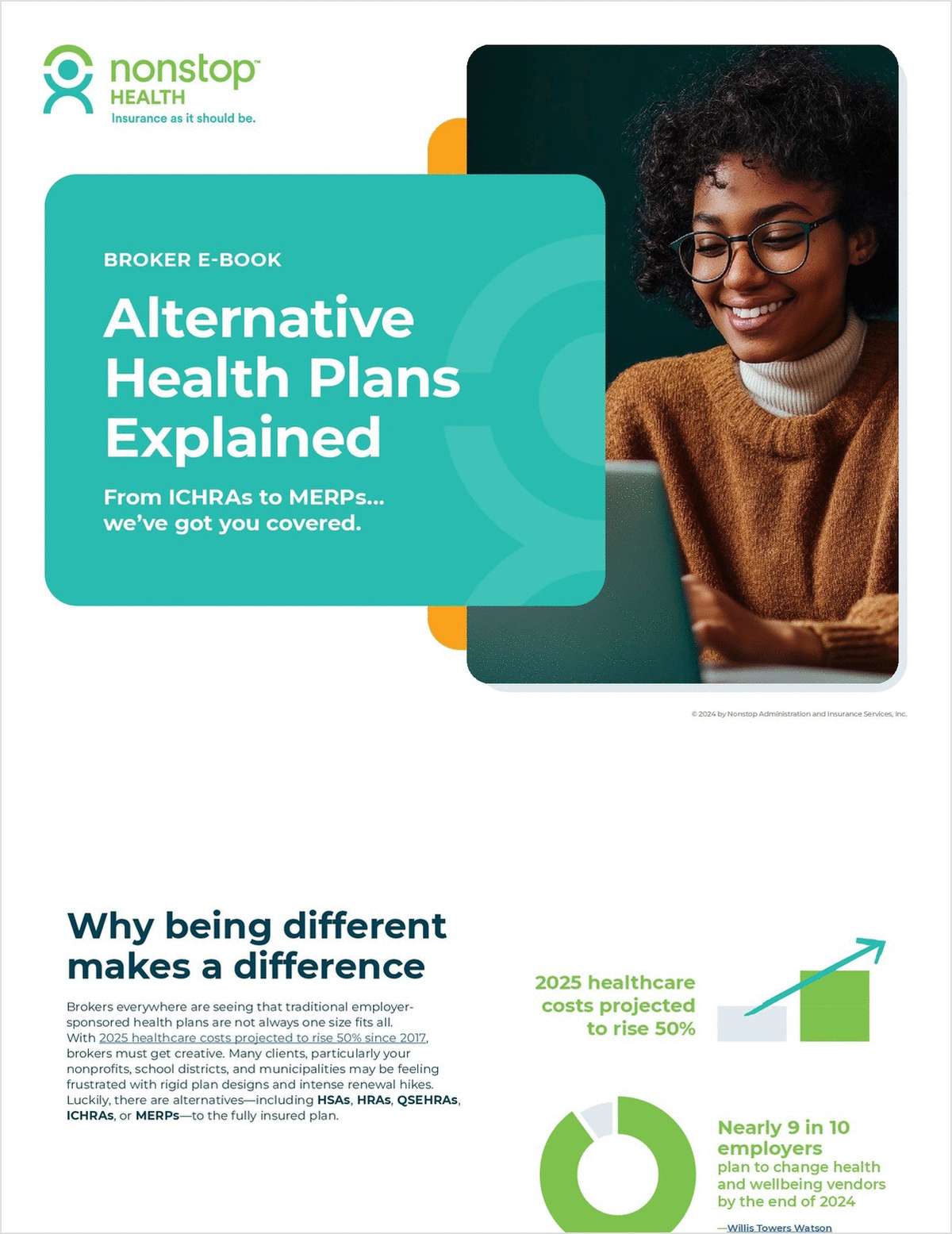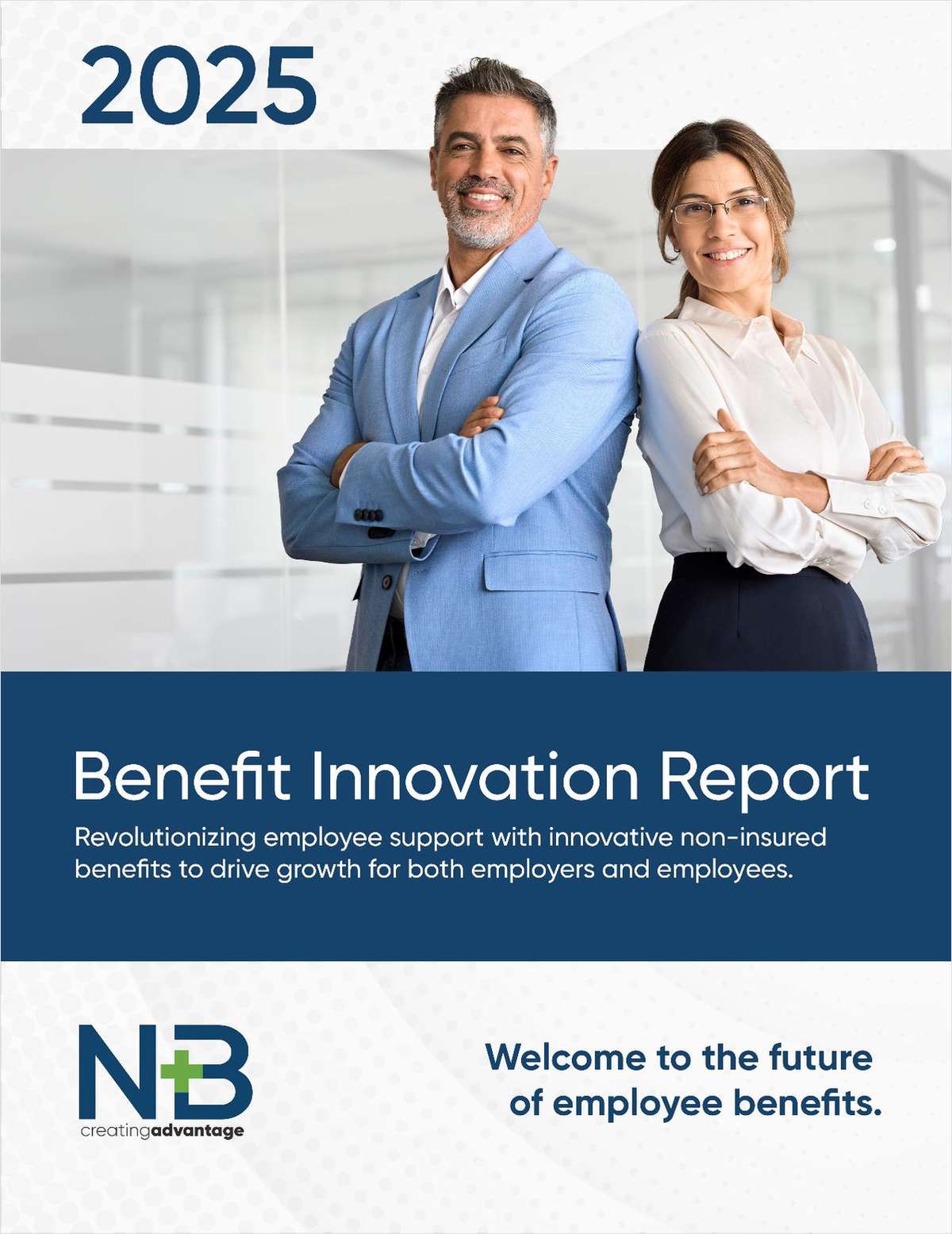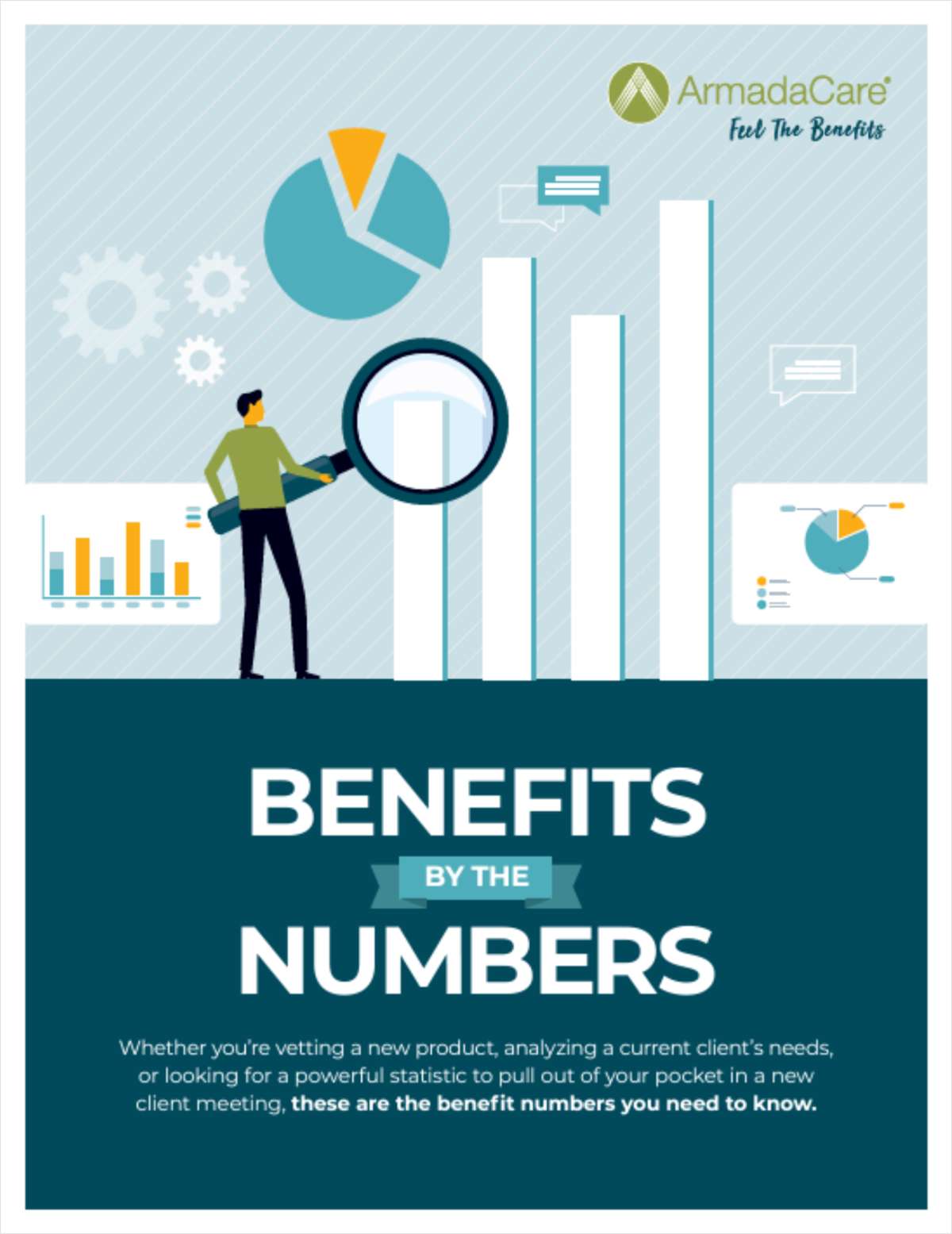Women may be making more, but even if they’re the primary breadwinners, men still get the credit.
That’s according to a Pew Research Center study that indicates Americans haven’t left the twentieth century yet.
Despite the growth of women’s financial contributions to American households—in 1980, for instance, 87 percent of men made more than their wives, while in 2017 just 69 percent do—it’s still the male member of the household that most people (even women!) turn to as the primary breadwinner.
In fact, 71 percent of Americans overall say it’s very important for a man to be able to support a family financially to be a good husband or partner.
But women’s contributions to the household budget aren’t regarded as anywhere near important, with just 32 percent saying it’s very important for a woman to do the same to be a good wife or partner.
And the scary part? Even women aren’t recognizing the importance of their own economic contributions, since 71 percent of women say it’s very important for a man to financially support the family (72 percent of men say the same), and only 39 percent of women say it’s important for women to do so (a paltry 25 percent of men say so).
Americans rank other traits higher when defining what makes a good spouse or partner, with 86 percent saying a good husband/partner should be caring and compassionate, while 90 percent say good wives/partners should be; 57 percent saying a good husband/partner should contribute to household chores, while 63 percent say a good wife/partner should do so; and 38 percent saying a good husband/partner should be well educated, with 35 percent saying that a good wife/partner should be.
The study reveals that in approximately two thirds of married or cohabiting couples, men earn more than women.
But because of women’s increasing presence in the workplace and growing earnings, married adults are now much more likely to live in upper-income households than nonmarried adults.
Data also reveal that the relative financial contributions of men and women differ significantly according to how educated each is. In 49 percent of couples in which both spouses are at least 25 years old and the woman has more education than her male partner, she also earns at least as much as he does.
In 29 percent of couples where both have the same level of education, the woman earns the same as or more than the man. That share falls to 20 percent in couples where the man has more education than his wife or partner.
And demographics matter in determining people’s opinions on whether a spouse or partner should be able to provide for a family. Lower-income, less-educated adults are more likely to place a high value on a spouse or partner’s ability to provide for a family, whether that spouse is a man or a woman.
Eighty-one percent of adults age 25 and older with no education beyond high school say that, for a man to be a good husband or partner, being able to support a family financially is very important.
Among those with some college experience 72 percent say this, and the share is smaller still among those with a four-year college degree (62 percent). And 40 percent of high school graduates say a wife/partner being able to financially support a family is very important, compared with 29 percent of those with some college and 25 percent of those with a bachelor’s degree or higher.
Adults in lower-income families are more likely than those in higher-income families to say being able to financially support a family is very important for making a man or woman a good spouse or partner, with 41 percent of adults with family incomes of less than $30,000 saying this is a very important attribute for a woman to have, compared with 23 percent of those with incomes of $75,000 or more.
Complete your profile to continue reading and get FREE access to BenefitsPRO, part of your ALM digital membership.
Your access to unlimited BenefitsPRO content isn’t changing.
Once you are an ALM digital member, you’ll receive:
- Breaking benefits news and analysis, on-site and via our newsletters and custom alerts
- Educational webcasts, white papers, and ebooks from industry thought leaders
- Critical converage of the property casualty insurance and financial advisory markets on our other ALM sites, PropertyCasualty360 and ThinkAdvisor
Already have an account? Sign In Now
© 2024 ALM Global, LLC, All Rights Reserved. Request academic re-use from www.copyright.com. All other uses, submit a request to [email protected]. For more information visit Asset & Logo Licensing.








